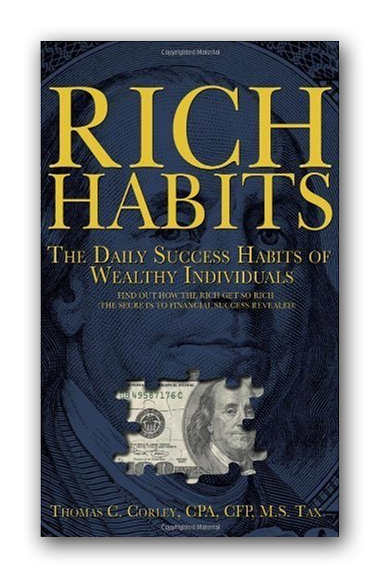According to a University of Scranton New Year’s resolutions study published in the Journal of Clinical Psychology in 2014, just 8% of those who set New Year’s resolutions stick to them. Why do so many fail to stick to their New Year’s resolutions?
They fail because habit change uses up too much brain fuel. When we try to stick to a New Year’s resolution we are literally engaging in a brain war. Our brain wants to use existing neural pathways for old habits rather than form new neural pathways for new habits because old habits use less fuel and new habits use too much fuel.
Habits represent neural pathways (synapses) in our brains that were created over many years through repetition of an activity. Their purpose is to save the brain from work. Habits allow the brain to function without using up a lot of glucose (brain fuel). It’s the brain’s way of gliding along, as if on a smooth, icy surface. There is only so much fuel available to the entire body and the brain consumes 20% of it. Without habits, our brains would run out of fuel and shut down – we’d lose consciousness. That would be a really bad thing if, all of a sudden, our brains shut down in the middle of drilling a tooth, driving a car, or catching high fly. Thankfully, habits come to the rescue. By automating activities and thinking, habits prevent our brains from turning off.
When we try to change our habits we are literally waging a war against our brain. And the brain almost always wins the battle. But what if there was an easier way? What if we could add new habits effortlessly? Imagine how much better our lives would be. Well, the good news is that there is a way to beat the brain at its own habit game. It’s called Habit Merging or Habit Layering. The brain does not even know you are tricking it into changing your habits because Habit Merging co-opts existing neural pathways that are dedicated to an old habit. Think of an existing habit (an existing neural pathway) as a train on a track, except it’s inside your brain. If you add your new habit to that same train, as if it were a new passenger, the brain won’t put up a fight because you’re not trying to lay down new train tracks, which use more brain fuel. You’re just taking a ride on the train tracks that are already there. When the brain does not perceive a fuel usage threat from a new habit, no brain war occurs. And viola, a new habit is born. The following 4 step approach will guarantee that you stick to 100% of your New Year’s resolutions. Here’s how it works.
4 Step Approach to Habit Change:
- Track Your Habits For 1 Day: Track your daily behavior for one day during the work week. Don’t pick a weekend day. Work creates stress and stress triggers bad habits. Carry around a notepad and bullet point everything you do from the minute you wake up to the minute you go to bed.
- Create a Habit List: From your notepad, identify every existing old habit as either Good or Bad.
- Create a Habit Wish List: On a separate piece of paper, make a list of every new good habit you want to add.
- Habit Merging: Select one old habit from your Habit List and one new good habit from your Wish List and merge them. It doesn’t matter if you are combining an old bad habit with a new good habit.
Example: I want to read more – Let’s say you have an existing habit of exercising on a stair master. Layer onto this habit a new good habit of reading while you exercise. All you need is some reminder, something that cues you to engage in the new reading activity. You might put a book, your kindle or an ipod on your stair master in order to cue you to read or listen to books while you exercise. Your brain will not fight you on this new habit because you are using an existing habit’s neural pathway. You’re not competing with the brain for brain fuel. Your brain will immediately combine the two good habits into one new merged habit.
Another example: I want to drink more water – If you have a habit of drinking coffee every morning, put your coffee cup next to a water bottle, or put those coffee discs in the refrigerator by the water, or tape a sign on your coffee mug: drink water. Almost immediately, you will have merged these two habits; one bad and one good. Who cares that you are co-opting a bad habit. To your brain, a habit’s a habit; good or bad. Now go out there and set some New Year’s resolutions. Now you know how.











Speak Your Mind